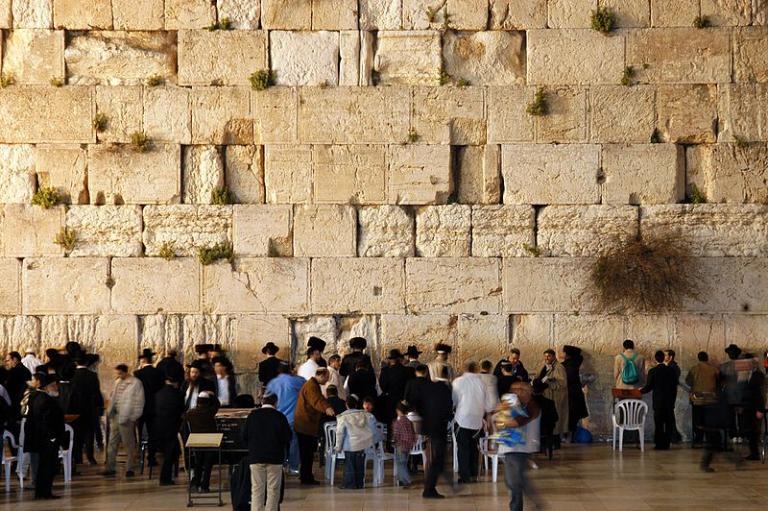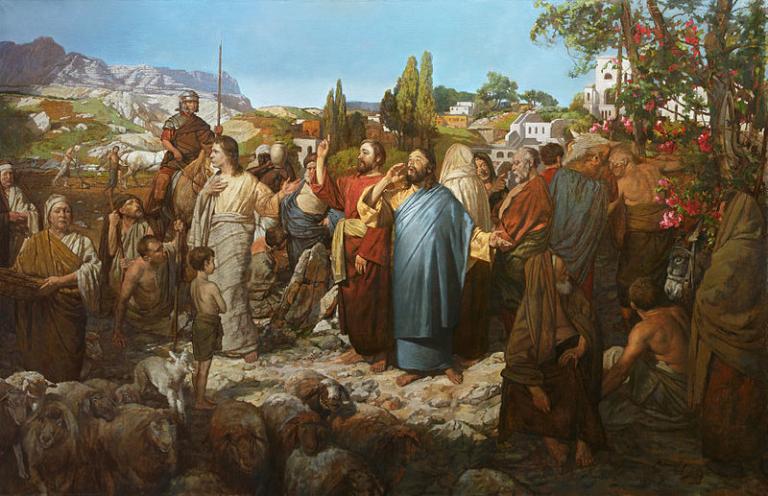
Cornerstones serve no vital structural function in modern building. Indeed, they’re often added very late in the construction process, during purely ceremonial events. In premodern times, though, the cornerstone was used to align the other foundations and walls, etc., of a new structure. It was placed at the very beginning of construction and served as a point of reference for the workers, from which they took their bearings. Thus, cornerstones had to be precisely cut, and many potential stones were inspected and rejected before the builders settled on an appropriate one.
In the parable under consideration here, references to prophets and apostles, and ultimately to the divine Son himself, are painfully clear. And Jesus is the chief cornerstone whose qualities go unrecognized by the builders but are known to God and the discerning faithful.
Some, incidentally, think that the actual “stone rejected by the builders” may have been found. The idea is that Jesus may have been using a particular stone as a visual aid:
http://tbts.info/episodes/1443

Wikimedia Commons public domain image
Compare 8:12; Luke 14:15-24
Plainly, this famous parable points to the rejection of Jesus by his fellow Jews and to their eventual replacement by the Gentiles.
These things seem to provide types and archetypes, though, and history, as seen through a scriptural lens, tends to repeat itself (obviously with variations) in cycles. So I can’t help but thinking that, in this last dispensation, too, some of the children of the Kingdom, the invited guests, the offspring — to be specific — of multigenerational Mormon families, will skip the banquet and be replaced with other guests, often from far away and from very foreign places and peoples.
So it goes, sadly. So it seems always to have gone.
“God is able of these stones to raise up children unto Abraham.”

Wikimedia Commons public domain image
Despite its location, it never hosts federal business, nor do its leaders hold ex officio positions in the government of the United States.
Compare Mark 12:12; John 3:2
The episode described in these passages is pivotal for the history of western civilization, because it offers a basis for the separation of church and state. No such basis is clearly established in the Hebrew Bible, and it’s not evident in the origins of Islam either, where Muhammad functioned for the last ten years of his life (AD 622-632) as both prophet and statesman.
Of course, the West itself required a long time before really grasping the idea.
Posted from Jerusalem, Israel











